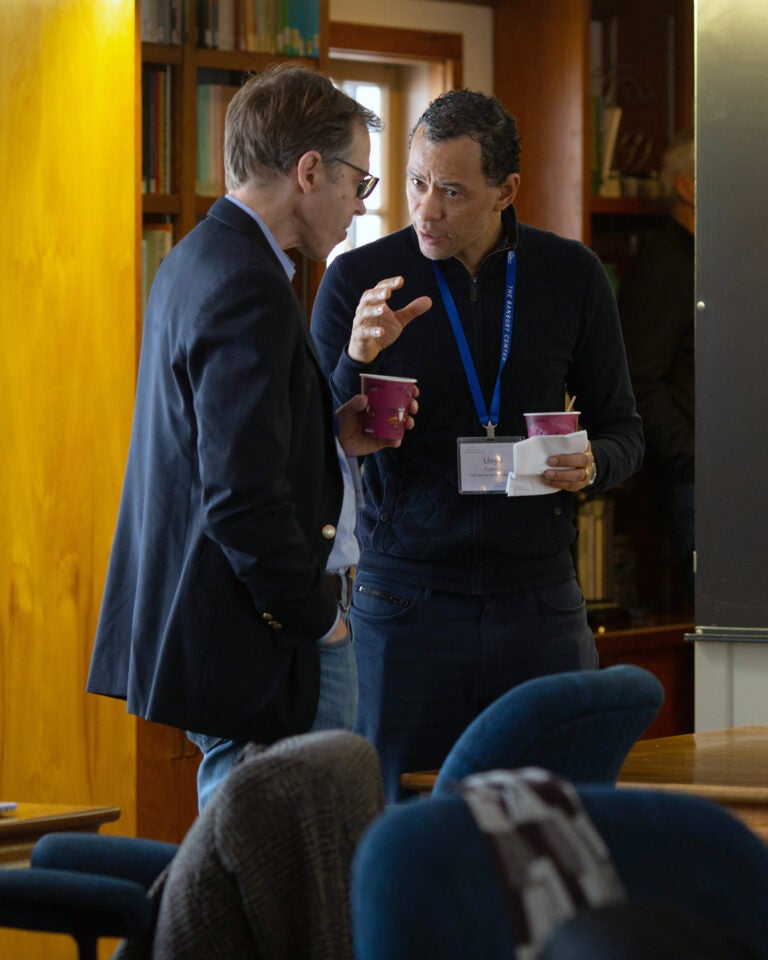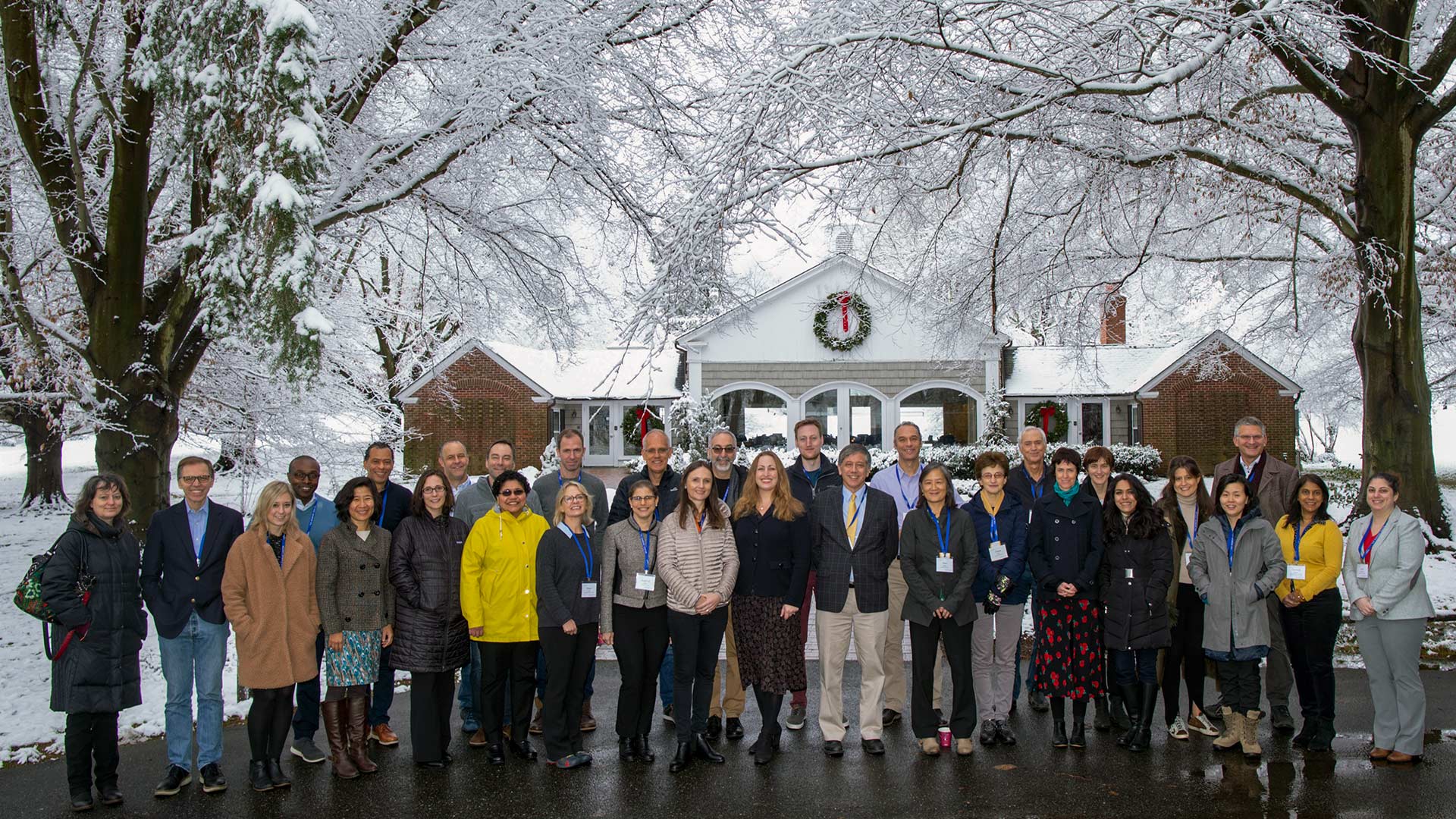Over the course of a 3-day workshop late last year, 35 experts in cancer, neuroscience, immunology and developmental biology charted a roadmap for the emerging field of cancer neuroscience. The gathering at Cold Spring Harbor Laboratory’s think tank called the Banbury Center identified the need to illuminate the complex relationship between cancer and the nervous system. Their priorities for this new field are outlined in a commentary published April 16, 2020, in the journal Cell.

While individual labs have begun investigating these relationships there has not yet been a coordinated effort to study them in a systematic, interdisciplinary way. To promote discussion within the scientific community, the Banbury Center’s December 2019 “The Nervous System in Cancer” (pdf) meeting convened 35 experts in cancer, neuroscience, developmental biology, and immunology. The meeting was an opportunity for scientists who seldom interact to share data and ideas, says Banbury Center Executive Director, Rebecca Leshan,—and the event was energizing. “There was really so much excitement in the room, there was almost a literal buzz,” she says.
CSHL Assistant Professor Jeremy Borniger, whose own research focuses on how sleep disruptions are both caused by and contribute to cancer, says the meeting participants hope the Cell commentary will spur similar conversations throughout the scientific community. “We want cancer biologists to start talking to neuroscientists and vice versa, because there’s some very interesting biology there that needs to be uncovered.”
The time is now, they say, to apply the sophisticated tools of neuroscience to cancer biology, to learn how cancer and the nervous system impact one another on the molecular, cellular, and system-wide levels. Borniger says he hopes discoveries at this interface will quickly begin deepening knowledge about cancer’s causes and consequences, transforming a “tumor-centric” view of the disease to a more holistic one and ultimately, leading to improvements in patient care.
Written by: Jennifer Michalowski, Science Writer | publicaffairs@cshl.edu | 516-367-8455
Citation
Monje, M. et al., “Roadmap for the Emerging Field of Cancer Neuroscience”, Cell, April 16, 2020.
About

Jeremy C. Borniger
Assistant Professor
Cancer Center Member
Ph.D., Ohio State University, 2017
